The small, fully developed electric car at a low price has finally arrived – and it’s not from China. The Citroën Ë-C3 proves to be a charming, well-functioning electric car.
TEXT Morten Beck PHOTO PR
Bilbasen was invited to Austria by Citroën
The Citroën Ë-C3 has no button on the steering wheel that unlocks a 200hp boost, and it has no drive settings. The door sides are as hard as a concrete wall, and the loading edge to the trunk is high enough that you only have to pack light things. The cheapest Ë-C3 uses your smartphone as an infotainment system, and you can’t get it with an adaptive chassis or sound system from either Bose or Burmester.
But what Citroën gives customers is an electric minicar at a price that can only be raised above DKK 200,000 because of the DKK 7,000 metallic paint. If, and I say if, the Ë-C3 was a French exercise in jumping over the fence, where it is the lowest, it could cost DKK 160,000 and be irrelevant. After three hours in the little electric car, it is my honest impression that Citroën has made a complete and well-functioning electric car.
It is a revolution for a European manufacturer, which has to fight against high wages and strong unions, where Chinese manufacturers have it much easier. There is therefore no abnormally strong electric motor or endless options for equipment and colours.
But believe me, the Ë-C3 does not feel cheap and like a poor product. It is more delicious than the defunct C4 Cactus was. It has four real electric windows and there is a nice light gray fabric cover which sits on the lower part of the dashboard. You can get it with a heated steering wheel, automatic climate control, and because the EU mandates it, it has a lot of safety equipment as standard.
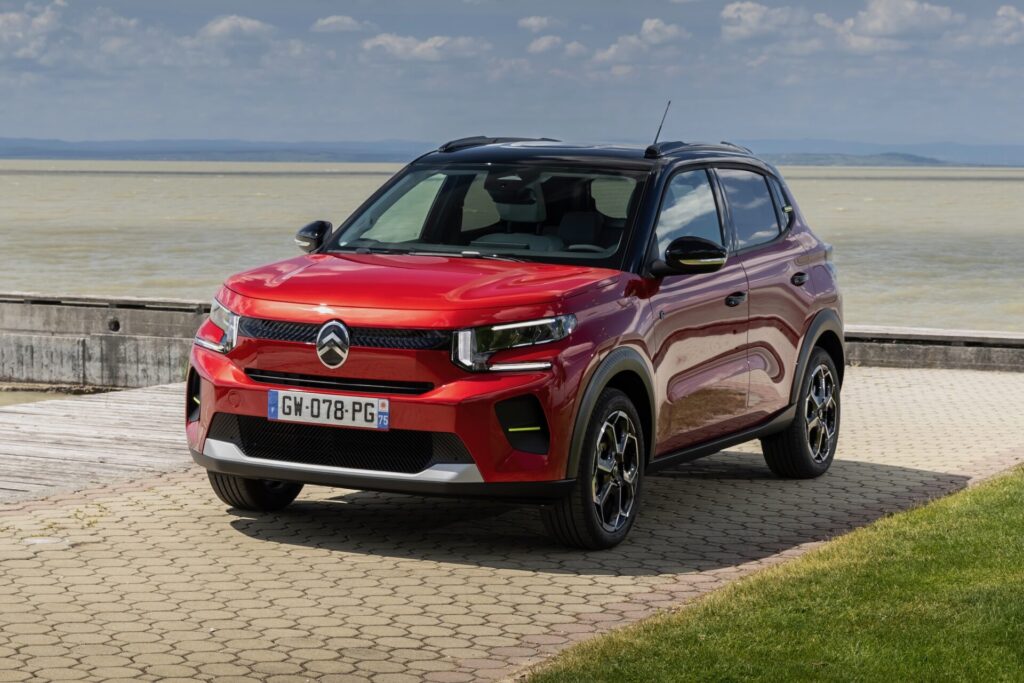

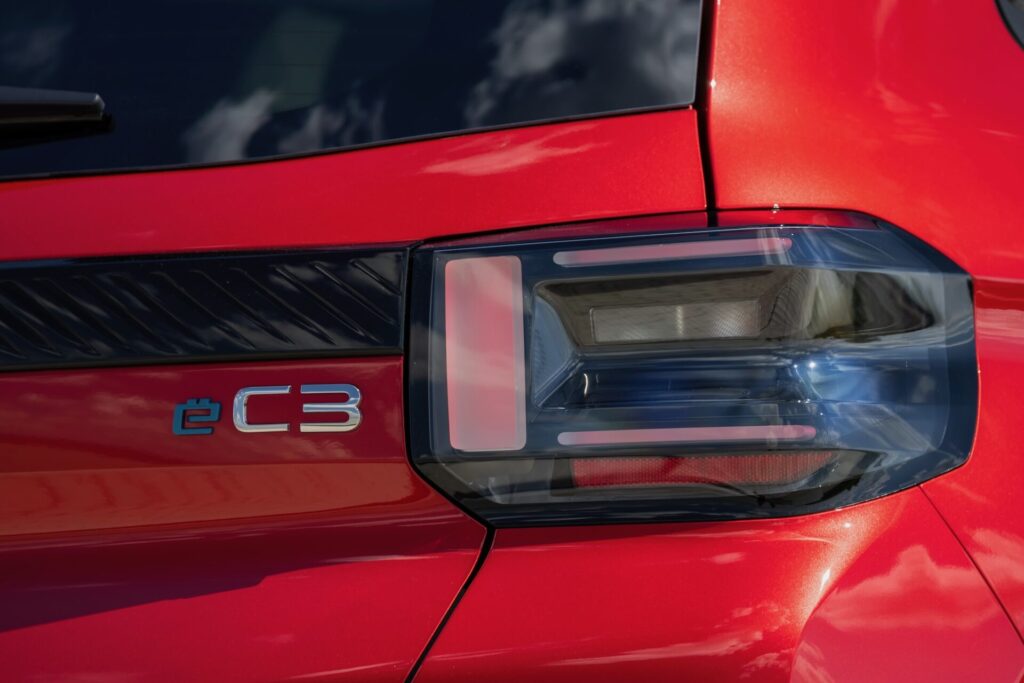
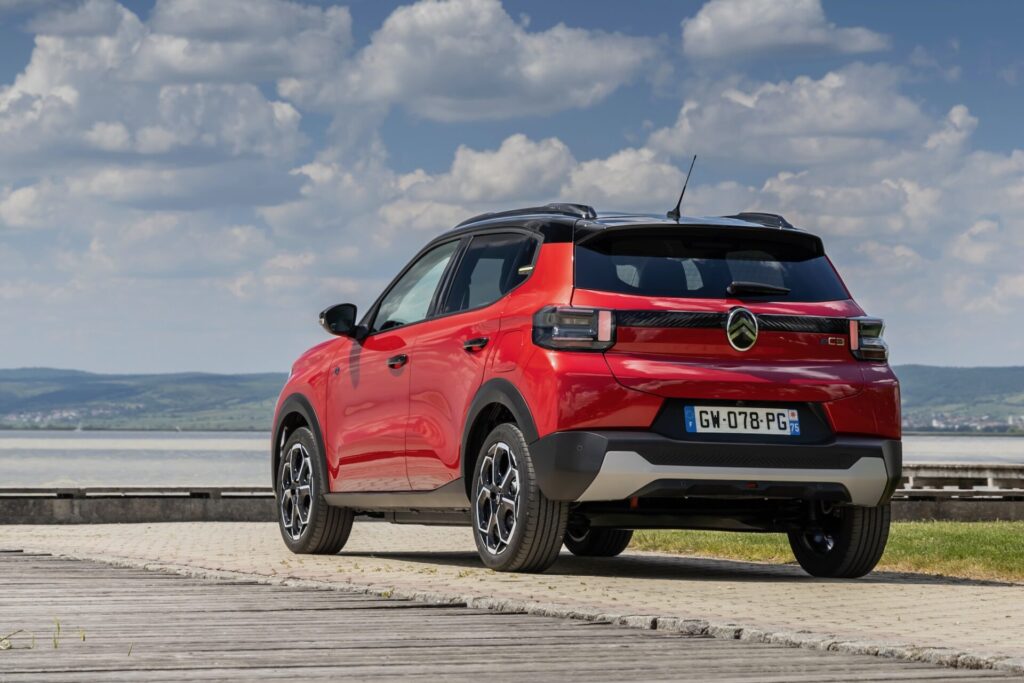
Good space in a small format
The Citroën designer, who is at the presentation, calls the new mini a car that “disrupts” and does so completely differently from the old C3. I can not see that. The Ë-C3 breaks no boundaries because it is a little more square and is raised a little more above the road. It is, on the other hand, more mature and completely molded in reality than you see in the pictures.
In a box that is only 402 cm long, shorter than a Polo, but on the other hand higher with its 157 cm, Citroën has got enough space for four adults not to get up and fight. I find enough space, and a little in excess, to have my knees behind my own sitting position. The ceiling feels far away and high up, and when two adults sit in front, they don’t even rub arms with each other.
The volume of the luggage compartment of 310 liters is what it is. On that point, the Ë-C3 can’t compete with the best minicars, and an adjustable floor plate would only emphasize that the space is mediocre. The answer to the luggage woes is a roof box or a small trailer. The Ë-C3 can drive with a roof box weighing up to 61 kilos – and, quite unusually, with 550 kilos on a real towbar.
My trip to Austria only gives me the opportunity to try the fully equipped VTR Sport variant for DKK 199,990. It’s the one that makes the most sense. In the boarding You! missing the rear electric windows, heated seats, LED headlights and much more. It’s all packed in VTR Sport, along with heated steering wheel, extra noise-reducing heated windscreen, navigation and the well-cushioned Advanced Comfort seats.
Unfortunately, the test car – and all the other test cars – are not fully baked. The assistant systems are turned off and the software is not fully in place. But build quality is spot on, and the 10.25” touchscreen infotainment system (not in the base model) works better and faster than what I’ve recently encountered in the facelifted Peugeot 208. What the Ë-C3 has that the 208 doesn’t is real buttons for the climate control and several assistance systems. And it is in the electric car, which is Denmark’s cheapest.

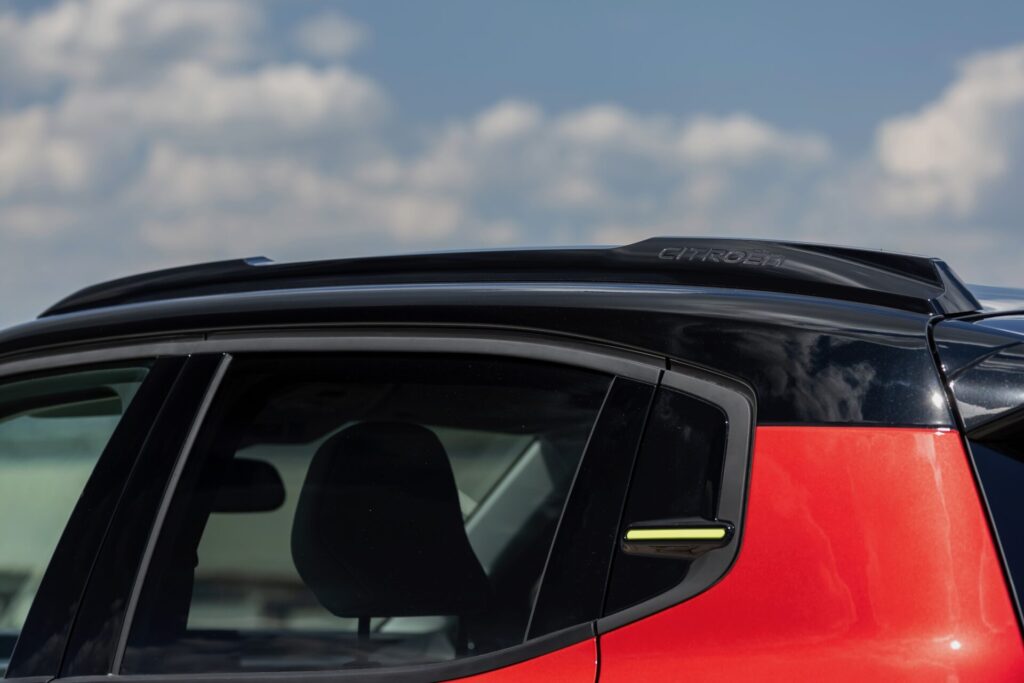


113 hp can also provide a kick
Many minicars have around 100 horsepower. It is the perfect performance for a car in the mini class, and the perfect balance between performance, enjoyment and frugality. But an electric car with 113 hp? Citroën may have saved too much, and when was the last time you heard of an electric car that sprints from 0-100 km/h in 11 seconds?
In reality, there is very good balance in the Ë-C3. It is neither dull nor anything close to dull. I can overtake a truck on the Austrian roads and feel completely confident. It is a really good demonstration that an electric car can have little power and still not be close to underpowered.
On the way to the motorway, there are five kilometers of the finest, winding country roads with unspoiled asphalt. An invitation to a turn if you drive the MX-5 or, as many do here, sit on a motorcycle. The Ë-C3 is disinterested and squirms to escape more than moderate speed. It doesn’t steer fast enough at all, and the weight, which is actually only around 1,400 kilos, makes for a muddy ride.
That is Citroën’s philosophy. A Citroën is first comfortable, then comfortable, then safe and finally, if it really has to be, dynamic. There is no shame in confessing to something which is what most customers ultimately want.
I had an idea that the motorway would bring the economy maneuvers to light. It is one of today’s biggest surprises that the Ë-C3 sits well, drives well and accelerates well on the motorway up to over 125 km/h. It says stop at 135 km/h, which makes it easier not to get speeding fines in Denmark.
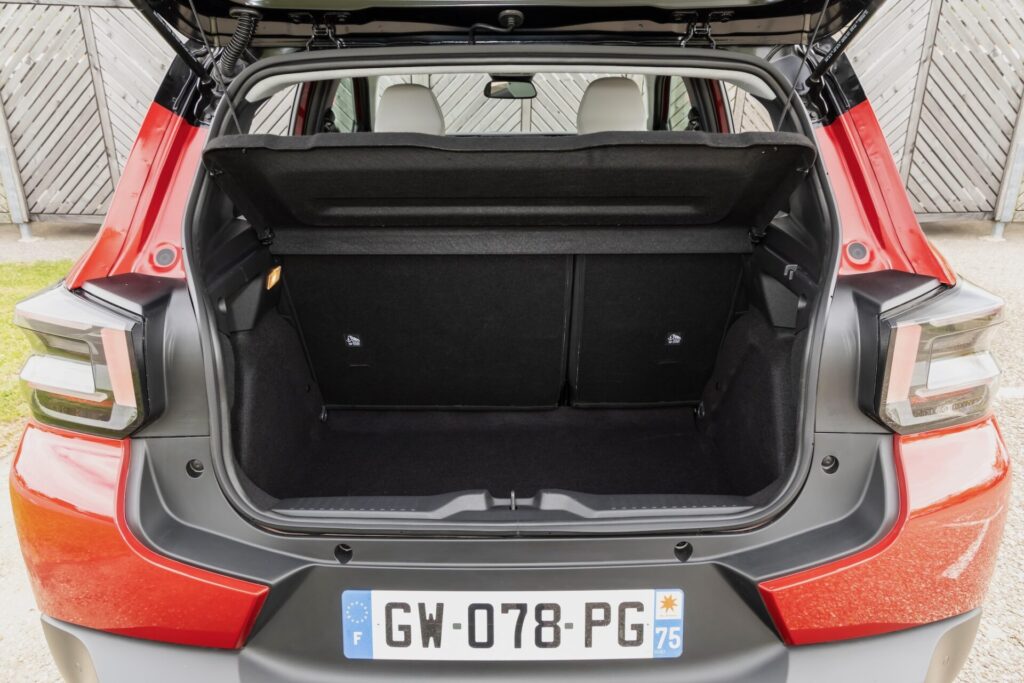

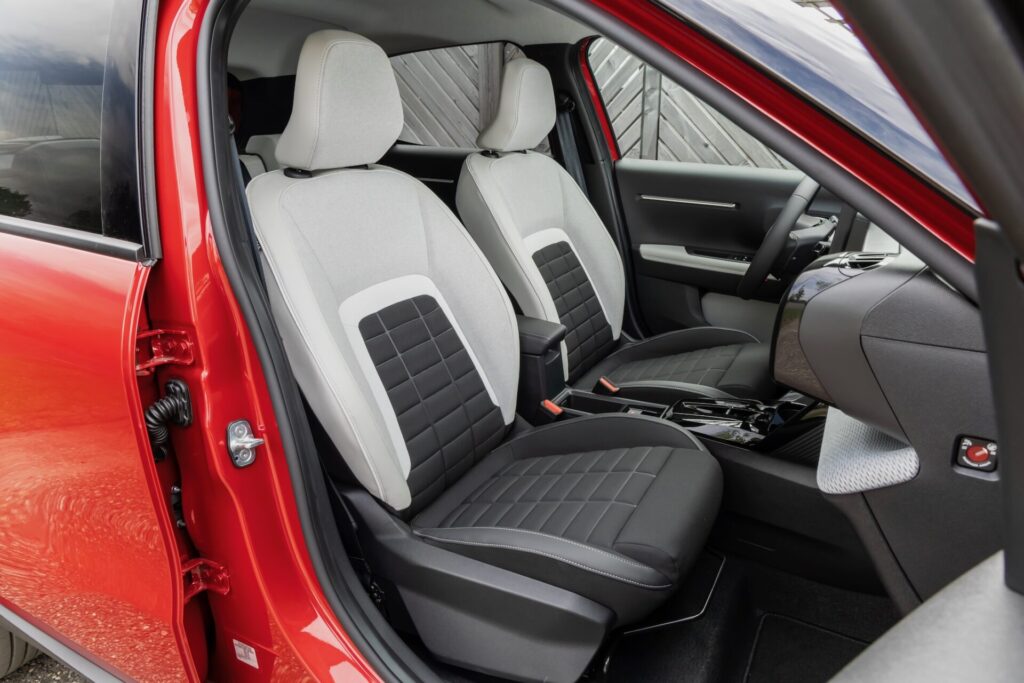
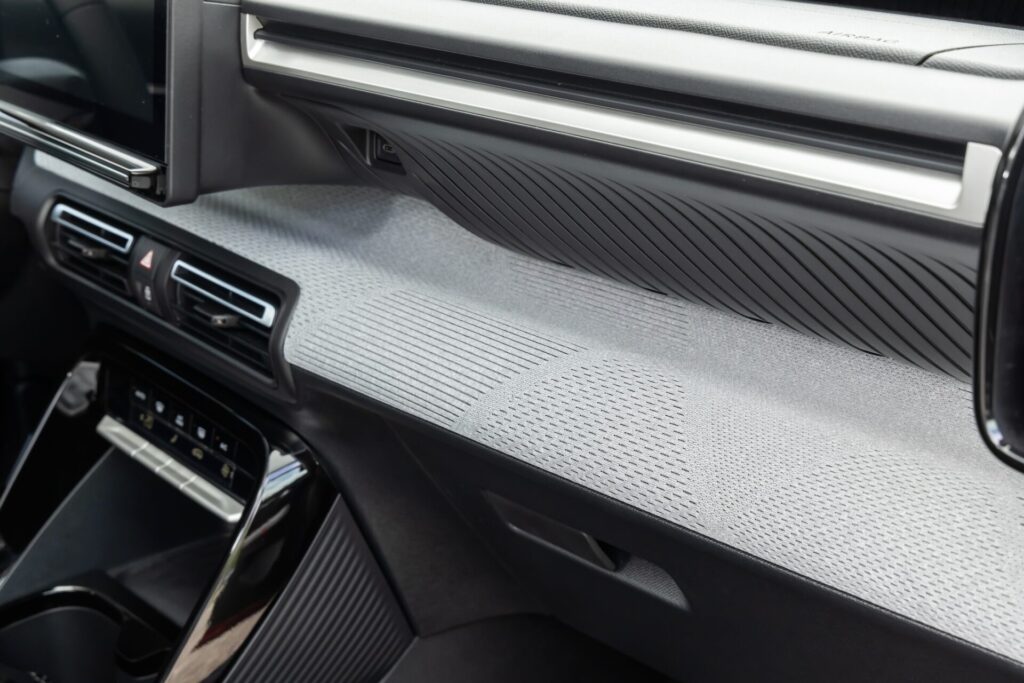
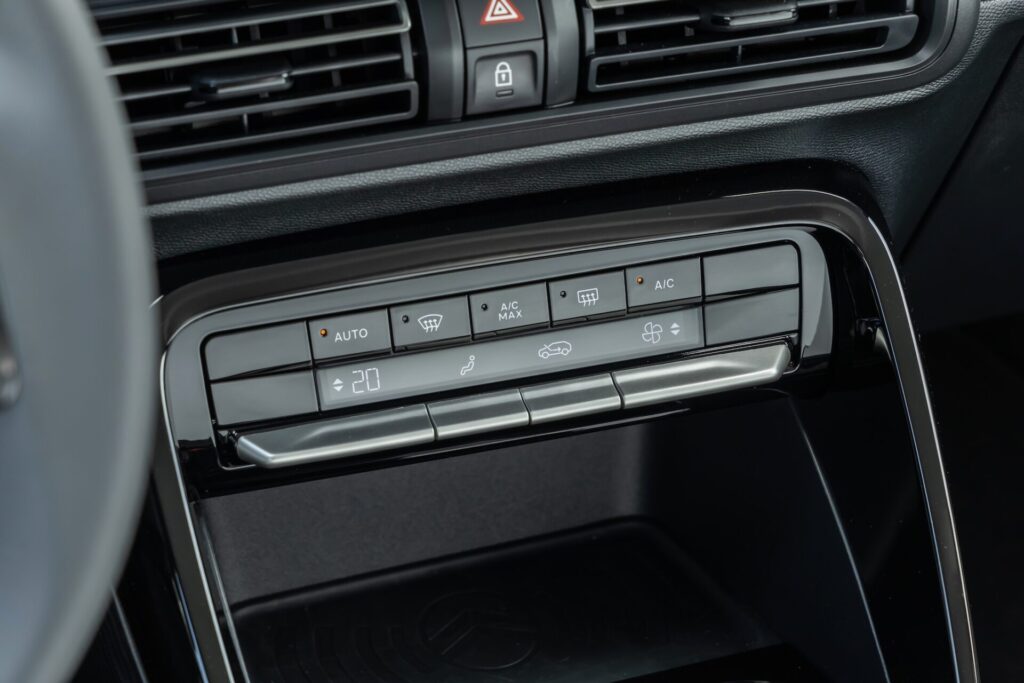
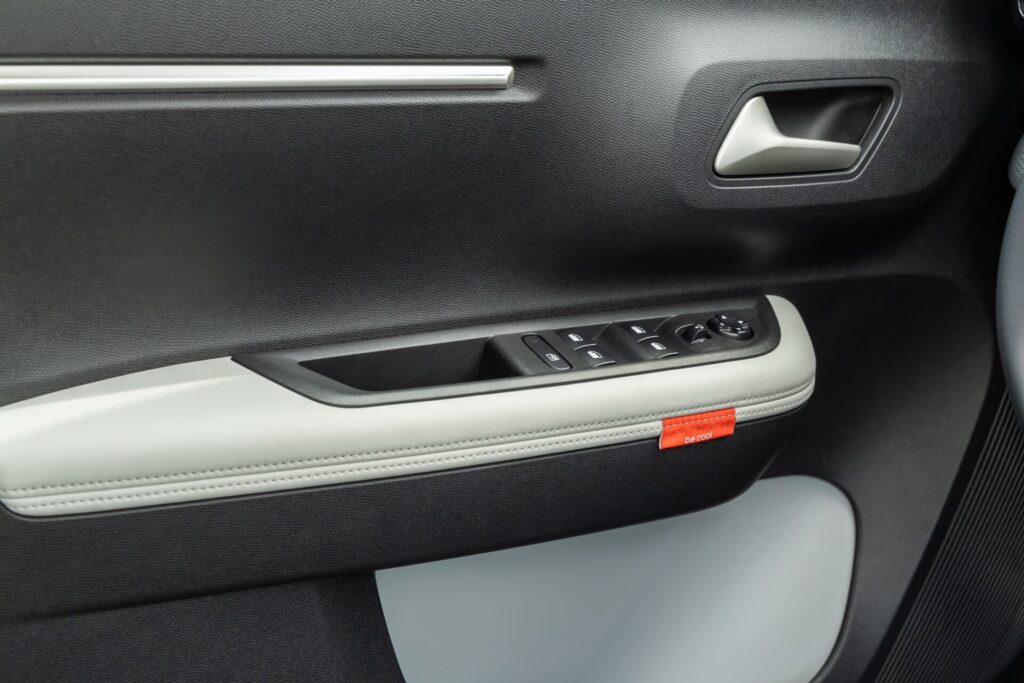


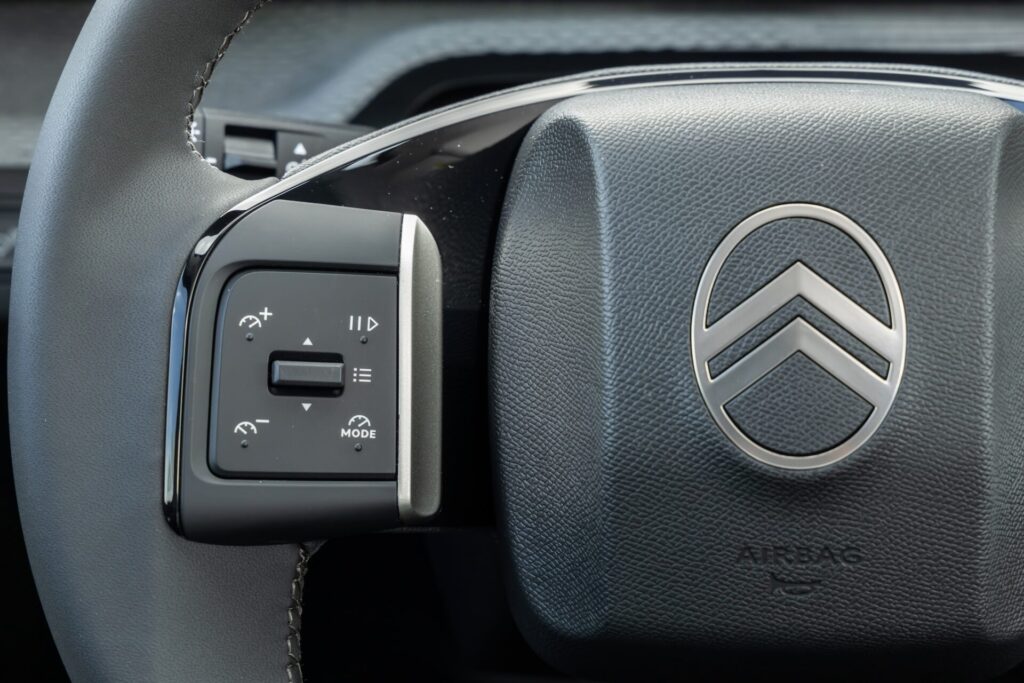
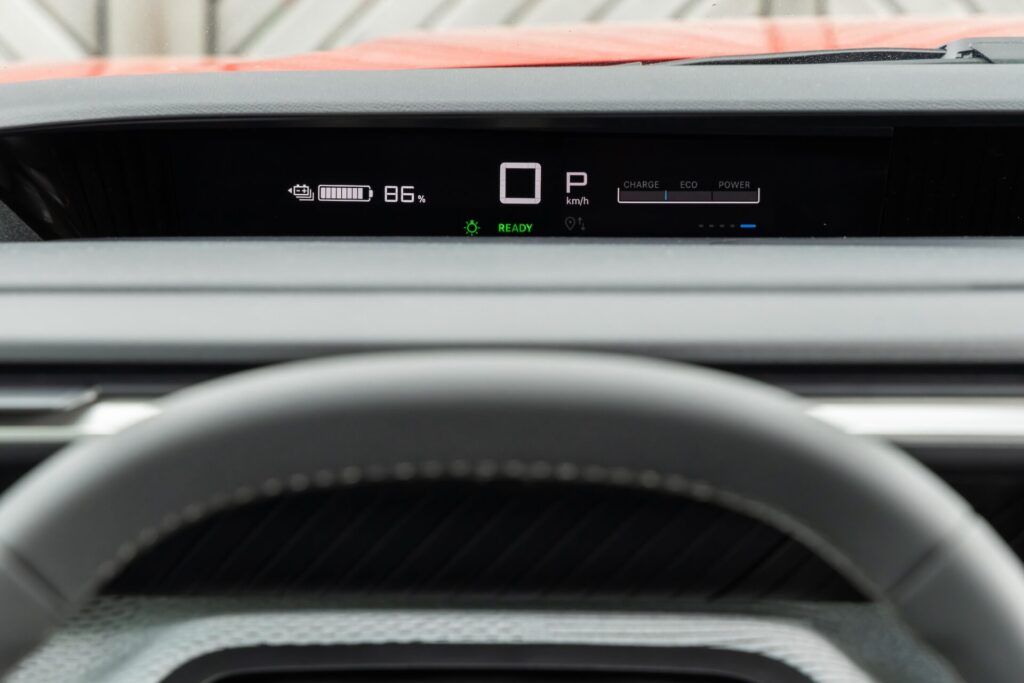
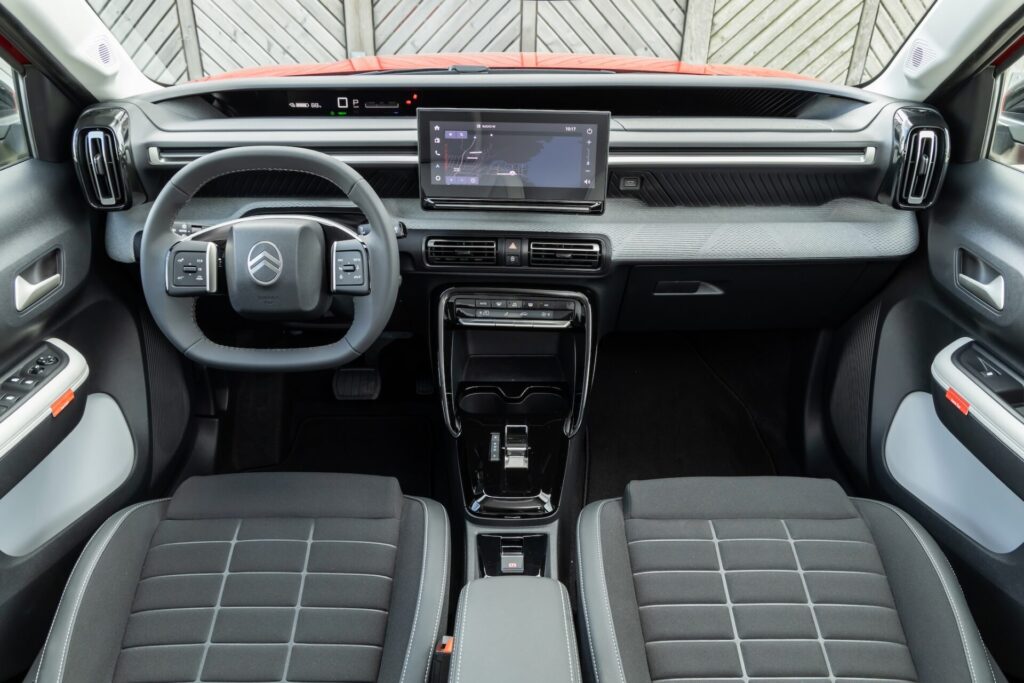
Consumption is high – on paper
A battery with a capacity of 44 kWh is the largest that can be in the new Ë-C3 (a smaller one will be introduced later), and it is the affordable type of LFP. There is no heat pump. Not in the base model, not in the most expensive version. The consumption is officially 17.4 kWh per 100 kilometers for the variants that will sell best, and it is like the consumption of much bigger, much more powerful cars.
The snapshot here in Austria, where the temperature is around 23 degrees, is a consumption that is much, much lower. The two test cars I drive both report that the average consumption is 12-12.5 kWh per 100 kilometers. Even with the balmy weather, it’s good value and gives some realism to the promised range of 326 kilometers in the base model – 321 kilometers in the other two Ë-C3 trim levels.
326 kilometers is a range at a level we will see in several small cars. There is no need to be 4 or 5 at the front of the range when the price must be kept low, the weight must be kept low, and the users’ daily life does not offer motorways anyway.
The Ë-C3 offers good space, charm, comfort, safety and more finesse than I thought it would. It works like any other good mini, and it just so happens to be electric – yet no more expensive than a mini with a petrol engine. This is the price range that many thought Chinese brands would be first in, but here we are with a European product that is produced in Europe, for which the Chinese currently do not have an answer.
SPECIFICATIONS
Citroën Ë-C3 44 kWh VTR Sport
Engine: Electric motor (front)
Performance: 113 hp/120 Nm
0-100 km/h: 11 seconds
Top speed: 135 km/h
Spending: 17.4 kWh/100 km
Range: 321 kilometers
Battery Size: 44 kWh
Charging capacity: 100 kW
Goal: 402/176/157 cm
Curb weight: 1,416 kilos
Draw weight: 550 kilos
Trunk volume: 310 liters
Price: DKK 199,990 (Ë-C3 from DKK 179,990)
Private leasing (one-off payment/monthly payment): Not informed
Tax basis, company car: Not informed
